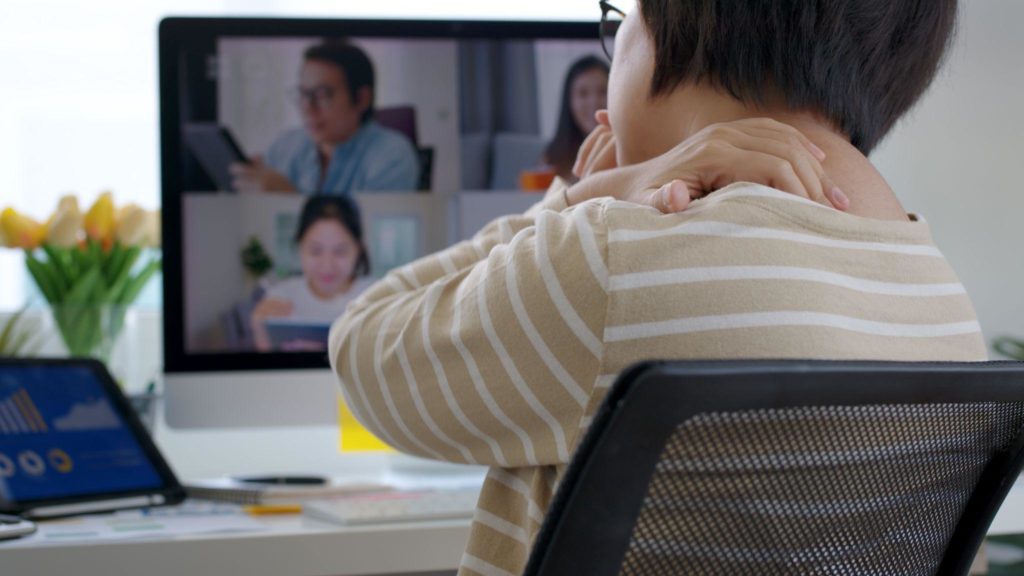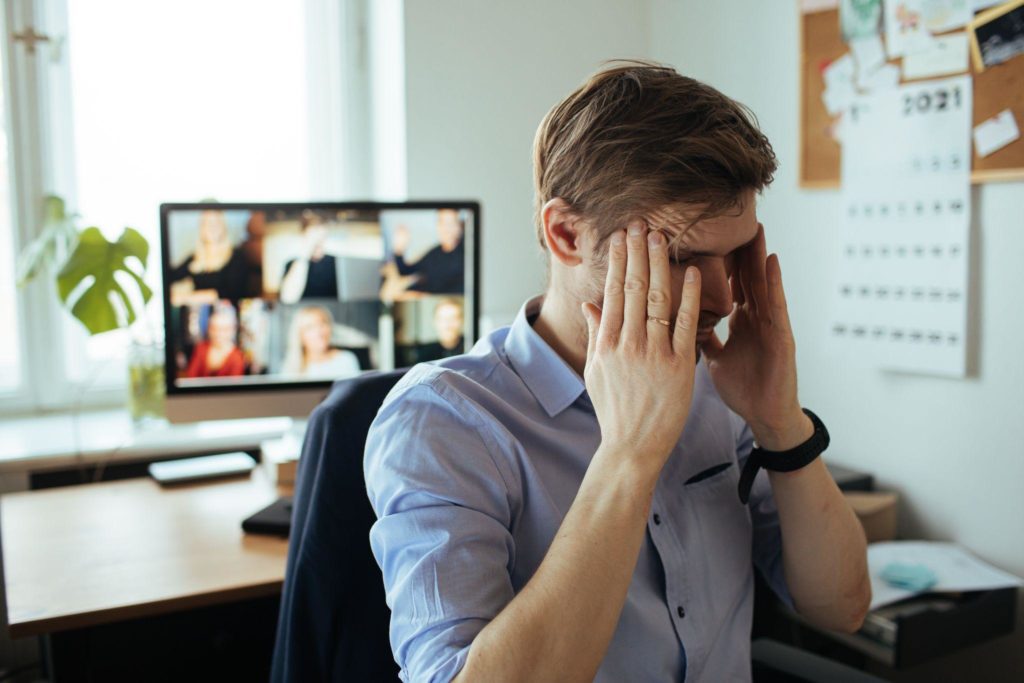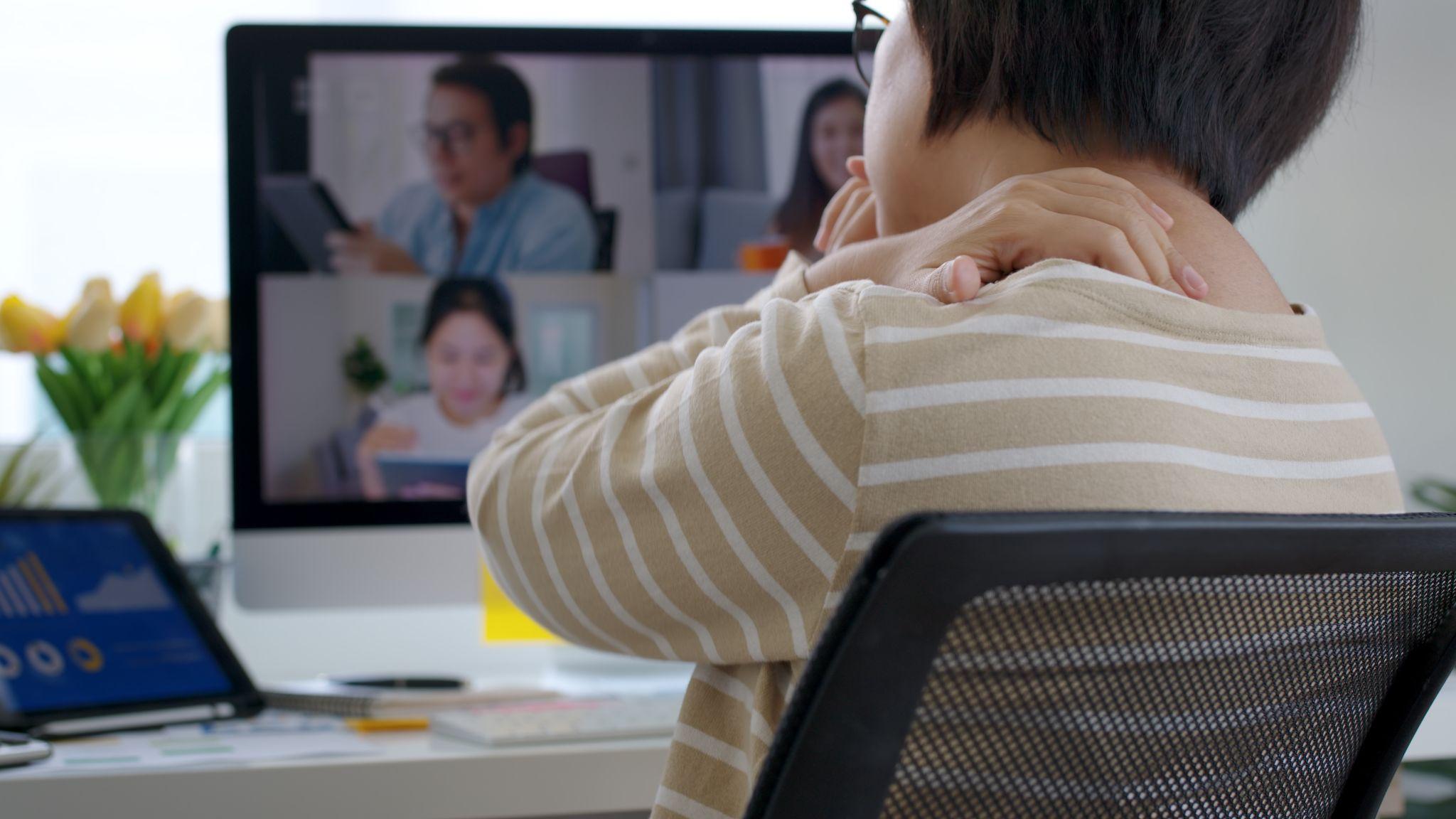Phone vs. Video: Has the Pandemic Caused Video Call Fatigue?

During the pandemic, businesses have relied on remote tools for teams to communicate. Video conferencing has become a way of life. While Zoom calls have enabled meetings to continue, studies have shown these to contribute to a phenomenon known as videoconference fatigue. Several of these are cited in a report by the American Psychological Association, which explores the temporal nature of video call fatigue compared to people feeling tired in general at the end of a workday.
It’s been estimated that as many as 70% of American workers were operating remotely at least part time in April 2020. In one study, nearly 93% of respondents said they felt some form of fatigue after participating in a video call.1 In fact, many firms have taken notice of this. Companies have cut back on video calls as a result, including HSBC and Citi that have set aside “Zoom-free” days, according to a May 2021 article by CNBC.2
What Is Video Call Fatigue?

“Zoom fatigue” and similar terms have become increasingly popular in Google searches. It is characterized by negative feelings, exhaustion, and other symptoms. Frequent interaction using video can make it more difficult to separate different emotional aspects of one’s life. Even a casual interaction doesn’t separate one from their work environment. Rather, you’re sitting in front of a camera whether attending a virtual meeting or having an informal conversation with a friend.
There are various stressful components to a video call, such as:
- Sustained attention can induce fatigue, while an increased cognitive load occurs as individuals think about what they’re conveying and how others are interpreting their words and actions.
- Videoconferencing restricts mobility while phone and in-person conversations permit natural movement.
- Long periods of close-up eye contact is intense; whether you’re the speaker or not, many faces will be staring at you, which can increase social anxiety and other phobias.
- Watching yourself in real-time is tiring and unnatural. It’s as if someone’s constantly following you around with a mirror. People tend to be more critical of themselves if they’re constantly staring at a reflection, and this can be quite taxing emotionally.
- Increased scrutiny over appearance and body language can be distracting. Difficulty in identifying non-verbal cues including facial expressions, voice tone, and gestures makes the brain work harder.
There are some ways around these factors if video calls are a must. One is to go out of full-screen mode on Zoom, reduce the size of app windows so faces appear smaller, or sit farther away (which gives you more room to move). If you don’t like staring at your own face, you can hide yourself from view in the chat window. There’s also the option of turning off the camera and relying simply on audio.
Effects of Video Calls on the Brain
The human brain is wired to subconsciously interpret gestures and nonverbal cues. During video calls, it’s harder to make sense of an interaction because sending and receiving these signals is more difficult. We have to work harder in this respect, and it requires more mental energy to communicate. Miscues are a possibility too. A glance to the side can have a very different meaning when speaking to someone in person than on a video chat grid.
The brain also interprets seeing so many faces and floating heads as an intense situation. This can lead to a prolonged hyper-aroused state, which can be mentally exhausting. Poor video quality also contributes to video call fatigue. A delay of just a second or two can leave the impression someone is distracted or uninterested.
In addition to impacting natural rhythm, multi-person interactions can be confusing, depersonalize the environment, and reduce focus on the topic of discussion. As a result, we experience video call fatigue.
Stanford University has explored the fatigue that people experience from videoconferencing. In response to various organizations, researchers devised the Zoom Exhaustion & Fatigue Scale, or ZEF Scale. It’s based on a questionnaire that factors how exhausted a participant feels after a videoconference, how irritated their eyes feel, and how much they try avoiding social situations afterward. The study is being used to help make changes to video call technology that might reduce some stressors.
Using Phone Calls Instead
Video calls are not a direct substitute for in-person meetings. Studies have shown that phone calls are more effective for communication, while video is useful for presentations and visuals. Just because modern technologies are available, that doesn’t mean they’ll always be the best options to serve the end goal. Voice-only calls can convey plenty of information accurately if visuals aren’t needed. Video call fatigue can be reduced by mixing phone and video throughout the day.
Other strategies to reduce fatigue include cognitive breaks such as stretching or a meditation exercise, avoiding multitasking, and hiding one’s own image in chats such as Zoom meetings.
How a Phone Answering Service Can Help
Throughout the day, your staff may be communicating via video and taking phone calls from outside the firm. A personal touch improves customer service. However, your team may not always be ready to answer the phone.
At AnswerMTI, we have agents who handle calls for clients across the U.S. Available 24/7, our professional receptionists can follow scripts to represent your brand and provide information. They are skilled at call screening, call patching, appointment setting, order taking, and providing complete virtual receptionist services. To learn more, set up your free trial or call 844-798-1027.
Sources:









